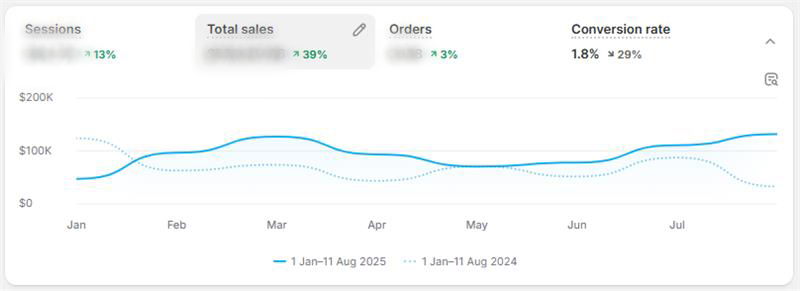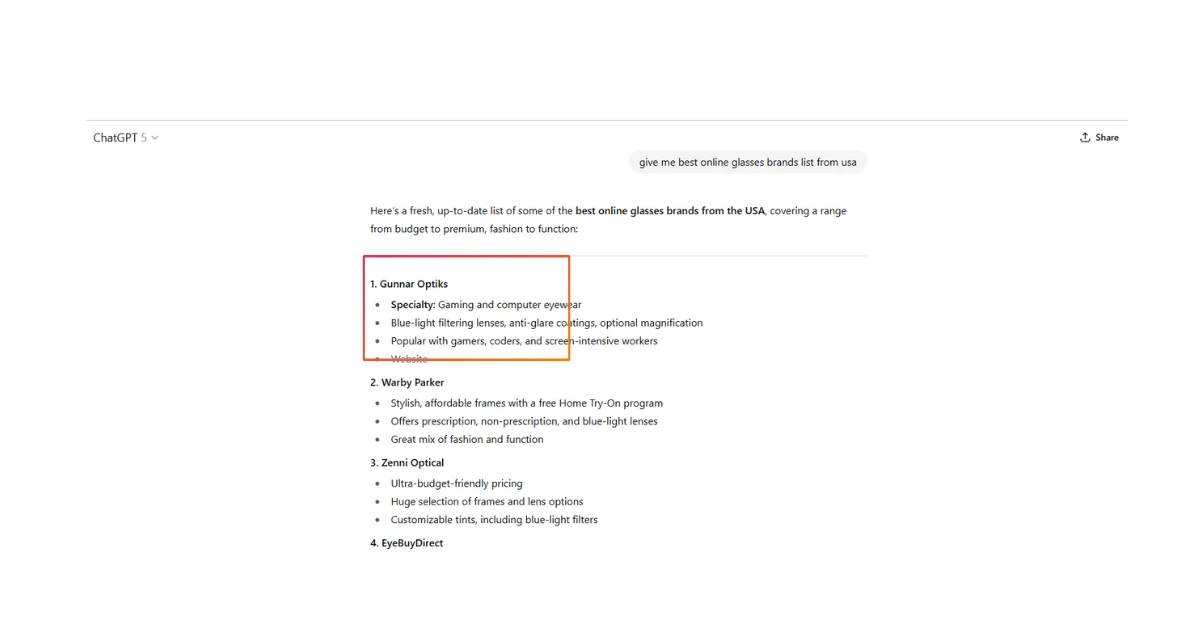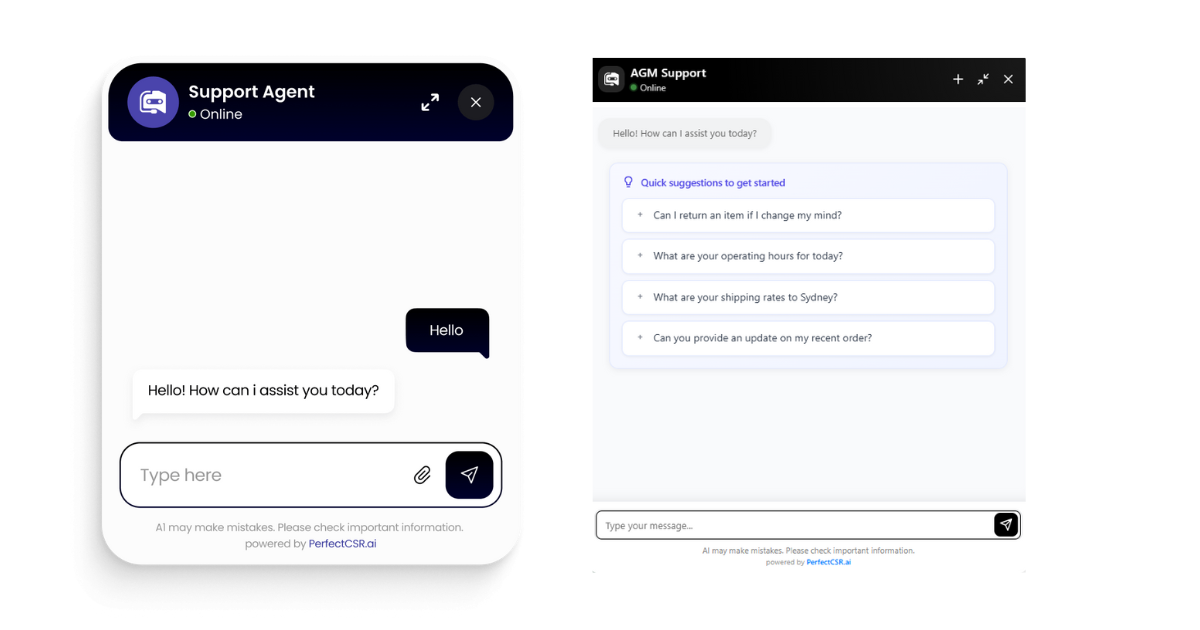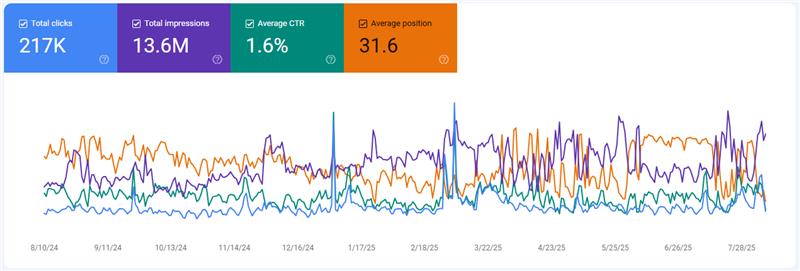
In the fiercely competitive world of e-commerce, ranking on Google isn’t optional—it’s essential. But the puzzle isn’t just getting to the first page; it’s staying there, while converting visits into clicks and clicks into sales. In this blog, Best Seo Company Dubai will reveal seo tips for shopify store owners of all levels. to elevate your Shopify store’s SEO performance, improve user experience, and ultimately drive more revenue. Whether you’re a Shopify newbie or a seasoned merchant, these strategies will sharpen your shopify product SEO and help your products get the visibility they deserve.

Keyword research for Shopify needs to be smarter—and far more strategic—than just casting a wide net. It’s about finding high-intent, low-competition phrases that reach buyers where they are in their purchasing journey. By blending transactional, navigational, and informational discoverability, you’ll attract visitors who are ready to buy, compare, or explore—and guide them toward your store with purpose.
Struggling to find keywords that actually convert? At Digital Perfection, we use advanced AI-driven tools to uncover the exact search terms your buyers are using—before your competitors do. Talk to Shopify Ecommerce Development Company and unlock traffic that’s ready to buy.
Your product page is more than just a listing—it’s your ticket to both buyers and Google’s algorithm. High-performing pages combine rich content, multimedia, and structured data to become powerful conversion engines. This is a core part of shopify product seo.
Artificial intelligence isn’t the future—it’s now, and search engines are evolving to favor structured, reliable content. By optimizing for AI, you set yourself up to be favored in both traditional searches and emerging answer engines. This is part of a marketing strategy Shopify owners must adopt with the help of a skilled SEO agency.

Google’s algorithm now places major weight on how users experience your website. That means speed, interactivity, and layout stability are not just technical details—they directly influence your rankings. Shopify stores that prioritize these Core Web Vitals will not only rank better but also deliver a smoother, more satisfying customer experience. Investing in performance optimization today can significantly reduce bounce rates and boost conversions tomorrow.
A visually stunning Shopify store means nothing if search engines can’t properly access or index your content. That’s where technical SEO comes in—it’s the foundation that allows all your content and keyword efforts to shine. By staying on top of crawl issues, duplicate content, and internal linking, you ensure your site remains accessible, authoritative, and search-friendly. This step separates amateur stores from professionally optimized ones. If you’re wondering how to set up seo for shopify, this section is critical.

Backlinks remain a powerful vote of confidence in the eyes of Google, but gone are the days when any link would do. Today, successful link-building is about smart strategy, outreach, and positioning your brand as a thought leader. High-quality backlinks signal authority and drive referral traffic, but earning them requires effort and finesse. Shopify brands that master this are the ones dominating competitive niches.
Content is still king—but not all content is created equal. Long-form, evergreen pieces that educate, inspire, or solve problems will continue to attract traffic long after publishing. These pieces don’t just help with SEO—they nurture trust, extend time on site, and guide customers through your sales funnel. In a saturated market, consistently producing this type of content is your ticket to long-term relevance. A blog is a great way to boost homepage seo shopify.
Shopify’s native SEO features are good, but apps can really take your optimization to the next level. From metadata repair to image compression and monitoring keyword health, these apps do repetitive work for you so you can concentrate on scaling. Selecting the right ones saves time and finds problems you may miss.This is an example of a smart seo shopify approach.
AI and automation aren’t just buzzwords—they’re tools for working smarter in SEO. They allow your Shopify store to respond dynamically to user behavior, personalize the customer journey, and streamline analytics. Automation ensures you stay agile and data-driven without adding manual load to your team. A key part of this is a strong shopify email marketing strategy.

SEO isn’t a one-time setup—it’s a living, breathing strategy that evolves. Regular monitoring helps you catch errors before they cost you rankings. From tracking competitors to auditing your own content, ongoing vigilance ensures your site stays optimized in a shifting digital landscape.

If you’re expanding into global markets, your SEO strategy needs to go beyond English keywords and local links. International SEO ensures your site speaks the right language—literally and contextually—for each audience. For businesses in the region, this includes optimizing for shopify uae.
Ranking high on Google is no accident—it’s the result of consistent effort, expert strategy, and fine-tuned execution. Whether it’s optimizing your Core Web Vitals, building trust through quality backlinks, or ensuring your technical SEO is flawless, every step matters. At Digital Perfection, we don’t believe in shortcuts—we believe in smart, sustainable growth. Our team of SEO experts helps businesses like yours build visibility, authority, and conversions from the ground up. If you’re looking for the best seo agency Dubai, we’re ready to help. Ready to take your website to the top of the search results? Let’s get you there—the right way.

SEO typically starts showing noticeable results in 3–6 months, depending on factors like competition, store structure, content quality, and backlink efforts. Early wins may come sooner with focused optimization and consistent effort.
Shopify automates several SEO elements—like sitemaps, structured data, and mobile responsiveness—but it still requires manual optimization of titles, meta descriptions, alt text, URLs, and content strategy for peak performance.
Use Google’s site: operator (e.g., site:yourshopifydomain.com) to quickly check if pages appear in search results. You can also submit your sitemap via Google Search Console to prompt indexing.
Tags are mainly used for organizing products, and if left indexed, they can introduce thin, duplicate content that harms SEO. It’s best to no-index Shopify tag pages to prevent ranking issues. This is an important consideration for shopify tags seo.
Absolutely! Blogging helps target long-tail keywords, drive organic traffic, and position your brand as an authority. Combined with optimized product pages and strong internal linking, blogs can offer major SEO benefits.
In the fiercely competitive world of e-commerce, ranking on Google isn’t optional—it’s essential. But the puzzle isn’t just getting to the first page; it’s staying there, while converting visits into clicks and clicks into sales. In this blog, Best Seo Company Dubai will reveal seo tips for shopify store owners of all levels. to elevate your Shopify store’s SEO performance, improve user experience, and ultimately drive more revenue. Whether you’re a Shopify newbie or a seasoned merchant, these strategies will sharpen your shopify product SEO and help your products get the visibility they deserve.

Keyword research for Shopify needs to be smarter—and far more strategic—than just casting a wide net. It’s about finding high-intent, low-competition phrases that reach buyers where they are in their purchasing journey. By blending transactional, navigational, and informational discoverability, you’ll attract visitors who are ready to buy, compare, or explore—and guide them toward your store with purpose.
Struggling to find keywords that actually convert? At Digital Perfection, we use advanced AI-driven tools to uncover the exact search terms your buyers are using—before your competitors do. Talk to Shopify Ecommerce Development Company and unlock traffic that’s ready to buy.
Your product page is more than just a listing—it’s your ticket to both buyers and Google’s algorithm. High-performing pages combine rich content, multimedia, and structured data to become powerful conversion engines. This is a core part of shopify product seo.
Artificial intelligence isn’t the future—it’s now, and search engines are evolving to favor structured, reliable content. By optimizing for AI, you set yourself up to be favored in both traditional searches and emerging answer engines. This is part of a marketing strategy Shopify owners must adopt with the help of a skilled SEO agency.

Google’s algorithm now places major weight on how users experience your website. That means speed, interactivity, and layout stability are not just technical details—they directly influence your rankings. Shopify stores that prioritize these Core Web Vitals will not only rank better but also deliver a smoother, more satisfying customer experience. Investing in performance optimization today can significantly reduce bounce rates and boost conversions tomorrow.
A visually stunning Shopify store means nothing if search engines can’t properly access or index your content. That’s where technical SEO comes in—it’s the foundation that allows all your content and keyword efforts to shine. By staying on top of crawl issues, duplicate content, and internal linking, you ensure your site remains accessible, authoritative, and search-friendly. This step separates amateur stores from professionally optimized ones. If you’re wondering how to set up seo for shopify, this section is critical.

Backlinks remain a powerful vote of confidence in the eyes of Google, but gone are the days when any link would do. Today, successful link-building is about smart strategy, outreach, and positioning your brand as a thought leader. High-quality backlinks signal authority and drive referral traffic, but earning them requires effort and finesse. Shopify brands that master this are the ones dominating competitive niches.
Content is still king—but not all content is created equal. Long-form, evergreen pieces that educate, inspire, or solve problems will continue to attract traffic long after publishing. These pieces don’t just help with SEO—they nurture trust, extend time on site, and guide customers through your sales funnel. In a saturated market, consistently producing this type of content is your ticket to long-term relevance. A blog is a great way to boost homepage seo shopify.
Shopify’s native SEO features are good, but apps can really take your optimization to the next level. From metadata repair to image compression and monitoring keyword health, these apps do repetitive work for you so you can concentrate on scaling. Selecting the right ones saves time and finds problems you may miss.This is an example of a smart seo shopify approach.
AI and automation aren’t just buzzwords—they’re tools for working smarter in SEO. They allow your Shopify store to respond dynamically to user behavior, personalize the customer journey, and streamline analytics. Automation ensures you stay agile and data-driven without adding manual load to your team. A key part of this is a strong shopify email marketing strategy.

SEO isn’t a one-time setup—it’s a living, breathing strategy that evolves. Regular monitoring helps you catch errors before they cost you rankings. From tracking competitors to auditing your own content, ongoing vigilance ensures your site stays optimized in a shifting digital landscape.

If you’re expanding into global markets, your SEO strategy needs to go beyond English keywords and local links. International SEO ensures your site speaks the right language—literally and contextually—for each audience. For businesses in the region, this includes optimizing for shopify uae.
Ranking high on Google is no accident—it’s the result of consistent effort, expert strategy, and fine-tuned execution. Whether it’s optimizing your Core Web Vitals, building trust through quality backlinks, or ensuring your technical SEO is flawless, every step matters. At Digital Perfection, we don’t believe in shortcuts—we believe in smart, sustainable growth. Our team of SEO experts helps businesses like yours build visibility, authority, and conversions from the ground up. If you’re looking for the best seo agency Dubai, we’re ready to help. Ready to take your website to the top of the search results? Let’s get you there—the right way.

SEO typically starts showing noticeable results in 3–6 months, depending on factors like competition, store structure, content quality, and backlink efforts. Early wins may come sooner with focused optimization and consistent effort.
Shopify automates several SEO elements—like sitemaps, structured data, and mobile responsiveness—but it still requires manual optimization of titles, meta descriptions, alt text, URLs, and content strategy for peak performance.
Use Google’s site: operator (e.g., site:yourshopifydomain.com) to quickly check if pages appear in search results. You can also submit your sitemap via Google Search Console to prompt indexing.
Tags are mainly used for organizing products, and if left indexed, they can introduce thin, duplicate content that harms SEO. It’s best to no-index Shopify tag pages to prevent ranking issues. This is an important consideration for shopify tags seo.
Absolutely! Blogging helps target long-tail keywords, drive organic traffic, and position your brand as an authority. Combined with optimized product pages and strong internal linking, blogs can offer major SEO benefits.